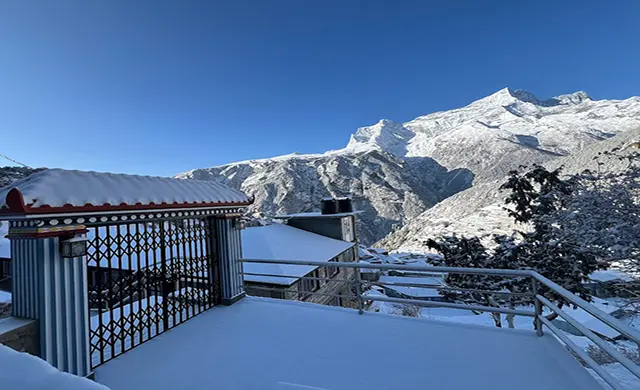Beginner’s Guide to Everest Base Camp Trekking

Beginner’s Guide to Everest Base Camp Trekking
Embarking on the Everest Base Camp (EBC) trek is a life-changing experience for many adventurers. But if it’s your first time, it can be a bit daunting to know where to begin. Don’t worry—we’ve got you covered! This comprehensive guide will help you prepare mentally, physically, and logistically for one of the world’s most iconic treks.
Why Choose the EBC Trek?
The EBC trek is not just about reaching the base of the world’s tallest peak. It’s about the journey through picturesque Sherpa villages, crossing suspension bridges draped in prayer flags, experiencing warm Nepali hospitality, and witnessing breathtaking views of Himalayan giants like Ama Dablam, Lhotse, and of course, Everest itself.
Best Time to Trek
The most favorable seasons are spring (March–May) and autumn (September–November). These periods offer clear skies, moderate temperatures, and the best mountain views. Winter treks are also possible, but trails can be snowy and cold, while monsoon season (June–August) brings heavy rains and reduced visibility.
Physical Preparation
You don’t need to be a professional athlete, but you should be in good shape. Focus on cardio, leg strength, and endurance. Start training at least 8 weeks before your trek with hiking, stair climbing, cycling, or jogging. Include long walks with a backpack to simulate trekking conditions.
Acclimatization and Altitude
Altitude sickness is a real risk. Follow a well-paced itinerary with acclimatization days in places like Namche Bazaar and Dingboche. Drink plenty of water, avoid alcohol, and listen to your body. If symptoms like headache, nausea, or dizziness occur, do not ascend further without proper rest or medical advice.
What to Pack
- Waterproof hiking boots and warm, layered clothing
- Sleeping bag (for -10°C or colder)
- Down jacket, thermal base layers, and trekking poles
- Sunscreen, sunglasses, and a good hat
- Basic first-aid kit and any personal medications
- Water purification tablets or a filter
Hiring a Guide or Porter
While it’s possible to trek independently, hiring a licensed guide can enhance safety and provide valuable cultural and trail insights. A porter can carry your heavy gear, allowing you to enjoy the journey more comfortably. Many agencies offer packages with guides, porters, meals, and accommodations.
Cost Overview
Expect to spend anywhere from $800 to $2000 depending on your itinerary, whether you go solo or with a group, and your choice of accommodations. Permits like the Sagarmatha National Park Entry Permit and Khumbu Pasang Lhamu Rural Municipality Permit are required and cost around $50–$60 in total.
Final Thoughts
Trekking to Everest Base Camp is a dream that many hold, and with the right preparation, it’s entirely achievable—even for first-timers. Take your time, respect the mountains, stay humble, and enjoy every step of this extraordinary journey through the heart of the Himalayas.
Need help planning your first trek? Contact us—we’re happy to answer any questions or help arrange your adventure!